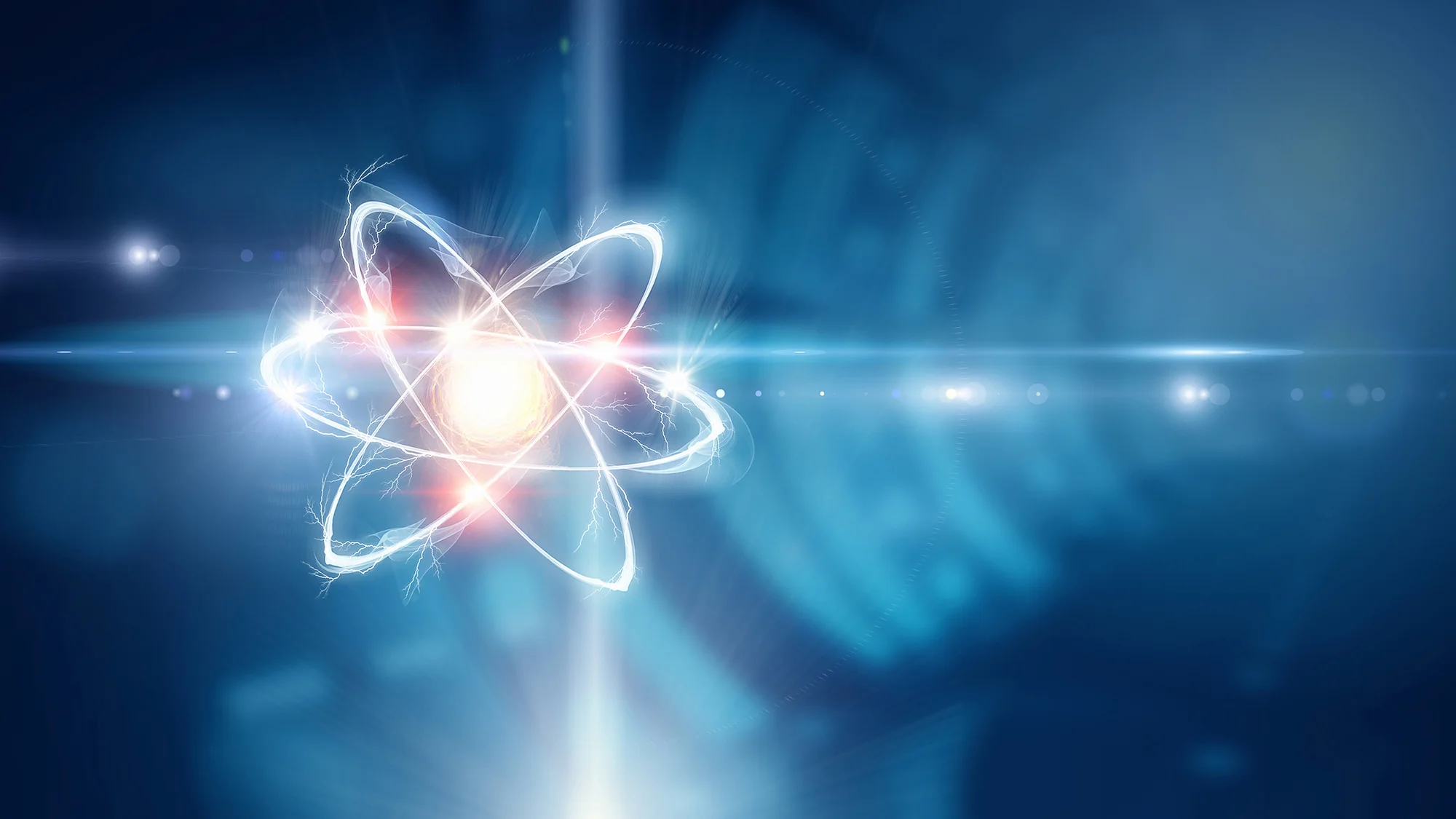CELL CODE USES A PROPRIETARY PHOTO-ACOUSTIC LIGHT DEVICE AS AN ESSENTIAL PART OF THE TREATMENT PROCEDURE.
The Cell Code procedure uses the Qigenix photo-acoustic device which produces a gentle light signal that activates dormant stem cells found in your blood and then uses that same light signal to guide the activated stem cells to areas of your body in need of repair and revitalization.
In the world of stem cell treatments it is important to know whether you are getting autologous (from your own body) or allogeneic stem cells (from someone else). Autologous stem cells contain your own DNA and don’t carry the infection risk or risk of rejection that allogeneic stem cells do.
Cell code uses only autologous stem cells called VSEL’s that contain your DNA in a pristine form. These cells are naturally pluripotent which means that they can become any cell of your body. They don’t require the addition of exogenous DNA to induce pluripotency as both hematologic stem cells extracted from bone marrow or mesenchymal stem cells extracted from fat biopsies do. And VSEL’s can be extracted from your blood with a simple blood draw instead of requiring an invasive procedure.
CELL CODE SOLVES THE MAIN FACTORS LIMITING OTHER STEM CELL THERAPIES’ SUCCESS RATES
With all stem cell therapies the main challenge is getting the stem cells to go where they are needed. If cells are given by vein, for example, the cells circulate in proportion to blood flow and only a small portion of cells may ever reach the desired target tissue. Even if cells reach the desired location the cells may not stick there, and may instead float right on by.
With conventional stem cell procedures, often getting cells to the desired location requires invasive procedures. Stem cell treatments for heart failure, for example, often inject the cells directly into the coronary arteries via a catheter inserted into the femoral vein. The disappointing results seen in medical studies with this invasive procedure suggest that most of the cells flow right through and do not adhere in the heart where they are needed.
It is only if the cells get to the desired tissue, and adhere there, that they can be directly involved in repair and regeneration. It has been shown that the local micro-environment where the stem cells stick is what gives them the primary information of what type of cell they should become.
How is it possible to overcome the obstacles to effective stem cell therapy?
As stated above the three main hurdles to achieving the best possible results are:
Getting the cells where they are needed,
Having them stick and remain, and
Having them effect the desired tissue regeneration.
Using a proprietary new technology,
a novel wave form is produced that
appears to overcome all of these hurdles.
Once the dormant stem cells are activated by the photo acoustic light signal, the device can be used like a homing signal to direct the activated stem cells to the area in need of healing. The cells gravitate to the light signal projected onto the body through the principle of resonance.
With the cell code procedure, the light signal projected onto the body produces an acoustic wave that can travel deep into the tissues. The device is projected on the body from various angles to concentrate stem cells in tissues and organs in a precisely desired region.
The photo acoustic signal has also been shown to induce the expression of cell adhesion molecules called interns which allow the cells to anchor down to the tissue once they arrive. This phenomenon was originally noticed in vitro studies. In one study, laser light was directed through a culture flask of stem cells. 24 hours later the majority of the cells in the flask were concentrated in the area where the laser light signal had been located. This effect was so strong that the cells were visible to the naked eye where a linear strand estimated to contain 1-2 million cells were adherent to each other in an organized column.
Studies in the lab have shown that the light signal can increase the expression of integrins by at least 40%. These cell adhesion molecules which extend from the interior of the cells through to the outside of the membrane, have a Velcro-like effect and they also participate in how the cells communicate. Deep inside the cell they connect to transduction proteins that translate messages from outside the cells all the way to the cell's DNA.
WHAT IS THE EVIDENCE THAT THIS APPROACH MAY ENHANCE THE RESULTS OF STEM CELL TREATMENTS?
The best evidence to date is a study of using laser guided stem cell therapy to rebuild cardiac muscle in chronic heart failure. These results are compared to using stem cells directly injected into the arteries or muscle of the heart through an invasive procedure. In a meta-analysis that compiled the results of multiple published studies, a total of 1494 patients were treated with stem cells introduced through a cardiac catheterization procedure. With this method there was an approximately 8% increase in heart function 180 days after the cells were administered. Since then, studies using the Cell Code treatment methods have produced far better results. Read more…

